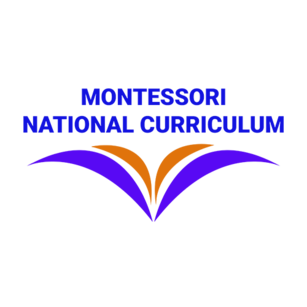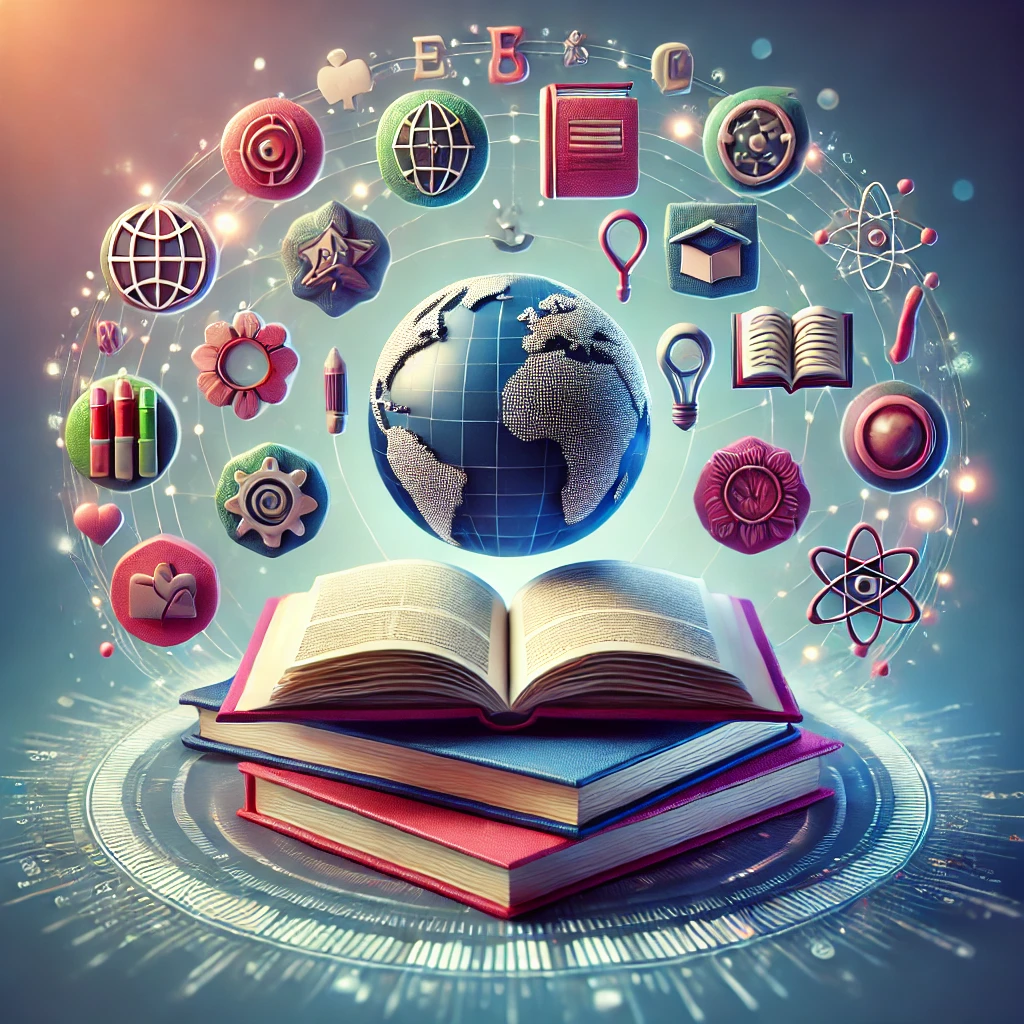
The Montessori Curriculum is a child-centered educational approach developed by Dr. Maria Montessori, emphasizing independence, respect for a child’s natural psychological development, and hands-on learning. The Montessori method is based on the belief that children learn best in a supportive, prepared environment that encourages exploration and discovery at their own pace.
1. Key Principles of Montessori Education
- Mixed-Age Classrooms: Classrooms are usually organized into three-year age groups, such as 0-3, 3-6, 6-9, and 9-12 years. This setup encourages peer learning, social interaction, and mentorship.
- Prepared Environment: Classrooms are carefully designed to promote independence, with accessible materials and child-sized furniture.
- Self-Directed Learning: Children choose activities based on their interests, which fosters intrinsic motivation and a sense of ownership over learning.
- Concrete to Abstract Learning: Montessori materials are designed to move students from hands-on experiences to more abstract thinking.
- Respect for the Child: Teachers, or “guides,” observe and support children without unnecessary interference, encouraging self-discipline and confidence.
2. Montessori Curriculum Areas
The Montessori curriculum is typically divided into five key areas:
- Practical Life
- Sensorial
- Mathematics
- Language
- Cultural Studies (includes Science, Geography, Art, and Music)
Each area is designed to align with a child’s developmental needs and natural curiosity.
3. Montessori Curriculum by Key Areas
1. Practical Life
- Purpose: Practical Life activities help children develop fine motor skills, concentration, independence, and a sense of order. These activities build a foundation for all learning by enhancing focus and discipline.
- Activities Include:
- Care of Self: Dressing frames, hand washing, and buttoning.
- Care of Environment: Cleaning, watering plants, food preparation, polishing.
- Grace and Courtesy: Manners, social interactions, and polite communication.
- Control of Movement: Activities that refine coordination, such as walking on a line, balancing, and pouring.
2. Sensorial
- Purpose: Sensorial materials help children refine their senses (sight, sound, touch, taste, smell) and classify the world around them. These activities develop critical thinking, problem-solving, and comparison skills.
- Materials Include:
- Visual Discrimination: Color tablets, geometric solids, pink tower.
- Auditory Sense: Sound cylinders, bells.
- Tactile Sense: Rough and smooth boards, fabric matching.
- Olfactory and Gustatory Sense: Smelling bottles, tasting activities.
- Kinesthetic Sense: Baric tablets (weight differentiation), thermic bottles.
3. Mathematics
- Purpose: Montessori mathematics introduces abstract concepts through concrete materials, building a strong foundation for logical thinking, number sense, and problem-solving.
- Materials and Activities:
- Counting and Quantity: Number rods, spindle boxes, sandpaper numerals.
- Place Value: Golden bead material for units, tens, hundreds, and thousands.
- Operations: Addition, subtraction, multiplication, and division using golden beads, stamp game, and bead bars.
- Fractions and Geometry: Fraction insets, geometric solids, exploration of shapes, and properties.
4. Language
- Purpose: The Montessori language curriculum develops communication skills through phonics, vocabulary development, reading, writing, and grammar.
- Materials and Activities:
- Pre-Writing Skills: Metal insets for tracing, sandpaper letters.
- Phonics and Reading: Movable alphabet, phonetic objects, sound games.
- Writing: Tracing letters, sandpaper letters, word formation.
- Grammar and Sentence Structure: Grammar symbols to explore nouns, verbs, adjectives, etc.
- Reading Comprehension and Literature: Introduction to stories, poetry, and reading exercises.
5. Cultural Studies
Cultural Studies in Montessori include subjects like Science, Geography, History, Art, and Music to provide children with a broad understanding of the world.
- Science: Encourages exploration of biology, zoology, botany, and physical science.
- Activities: Life cycle studies, parts of plants and animals, hands-on experiments, and nature walks.
- Geography: Focuses on understanding the world, landforms, continents, countries, and cultures.
- Activities: Puzzle maps, globes, continent study, flags, and cultural presentations.
- History: Introduces the concept of time, historical events, and cultural history.
- Activities: Timeline of life, personal timeline, clock and calendar work.
- Art and Music: Creative expression through drawing, painting, sculpture, and music.
- Activities: Painting, clay modeling, studying famous artists, learning musical instruments, rhythm exercises, and exposure to various musical genres.
4. Montessori Curriculum by Age Groups
Infants and Toddlers (Ages 0-3)
- Focus: Developing gross motor skills, basic independence, language, and sensory experiences.
- Activities: Practical life skills (pouring, dressing), language development (naming objects, books), and sensorial exploration.
Early Childhood (Ages 3-6)
- Focus: Practical life, sensorial exercises, language development, introduction to mathematics, and cultural exploration.
- Activities: Mastery of daily life tasks, pre-writing and reading skills, number sense, and basic geography and science.
Lower Elementary (Ages 6-9)
- Focus: More complex math concepts, reading comprehension, creative writing, cultural subjects, and hands-on science.
- Activities: Problem-solving in math, sentence structure and grammar, world geography, and the study of ecosystems and the solar system.
Upper Elementary (Ages 9-12)
- Focus: Abstract thinking in math, advanced language skills, historical studies, and scientific experiments.
- Activities: Algebraic concepts, advanced grammar, research projects in history and science, cultural studies on civilizations and current events.
5. Role of the Montessori Guide (Teacher)
In the Montessori classroom, the teacher, known as a “guide,” plays a critical role in facilitating learning. They observe each child’s interests, introduce materials at the right time, and support the child’s individual development. The guide’s role is to foster independence, guide without interrupting, and create a calm, structured environment where children are free to explore.
6. Assessment in Montessori
Assessment in Montessori is ongoing and based on observations rather than traditional grades or tests. Guides use detailed records to track each child’s progress and mastery of skills. They provide individualized feedback and create customized learning plans for each child based on their needs, growth, and interests.
7. Benefits of the Montessori Curriculum
- Promotes Independence: Children learn self-discipline, decision-making, and responsibility.
- Encourages Curiosity: Hands-on materials and freedom of choice foster a love for learning.
- Builds Social and Emotional Skills: Mixed-age classrooms encourage empathy, collaboration, and mentoring.
- Develops Critical Thinking: Montessori’s concrete-to-abstract learning builds a strong foundation in critical thinking and problem-solving.
- Fosters a Global Perspective: Cultural studies cultivate respect for diversity and a global awareness.







